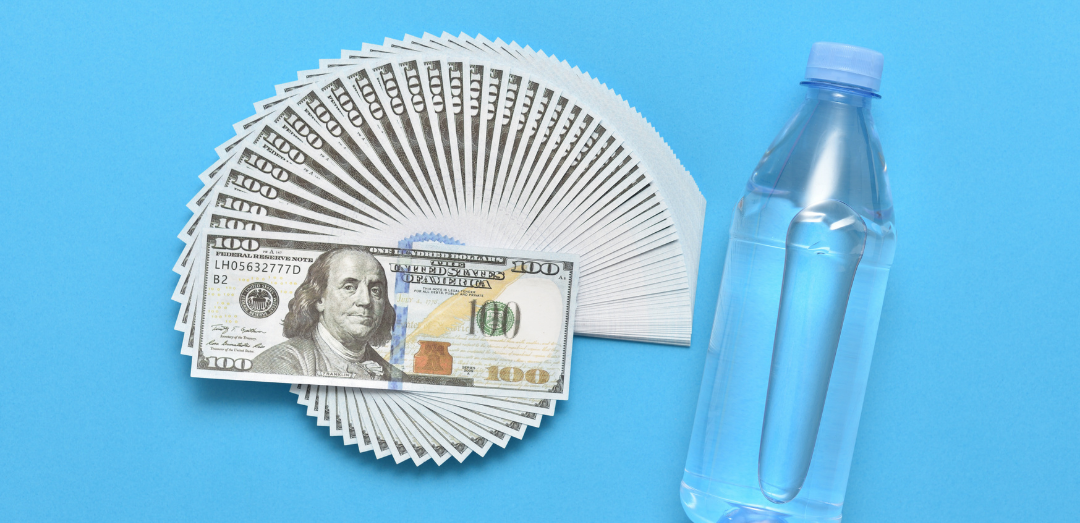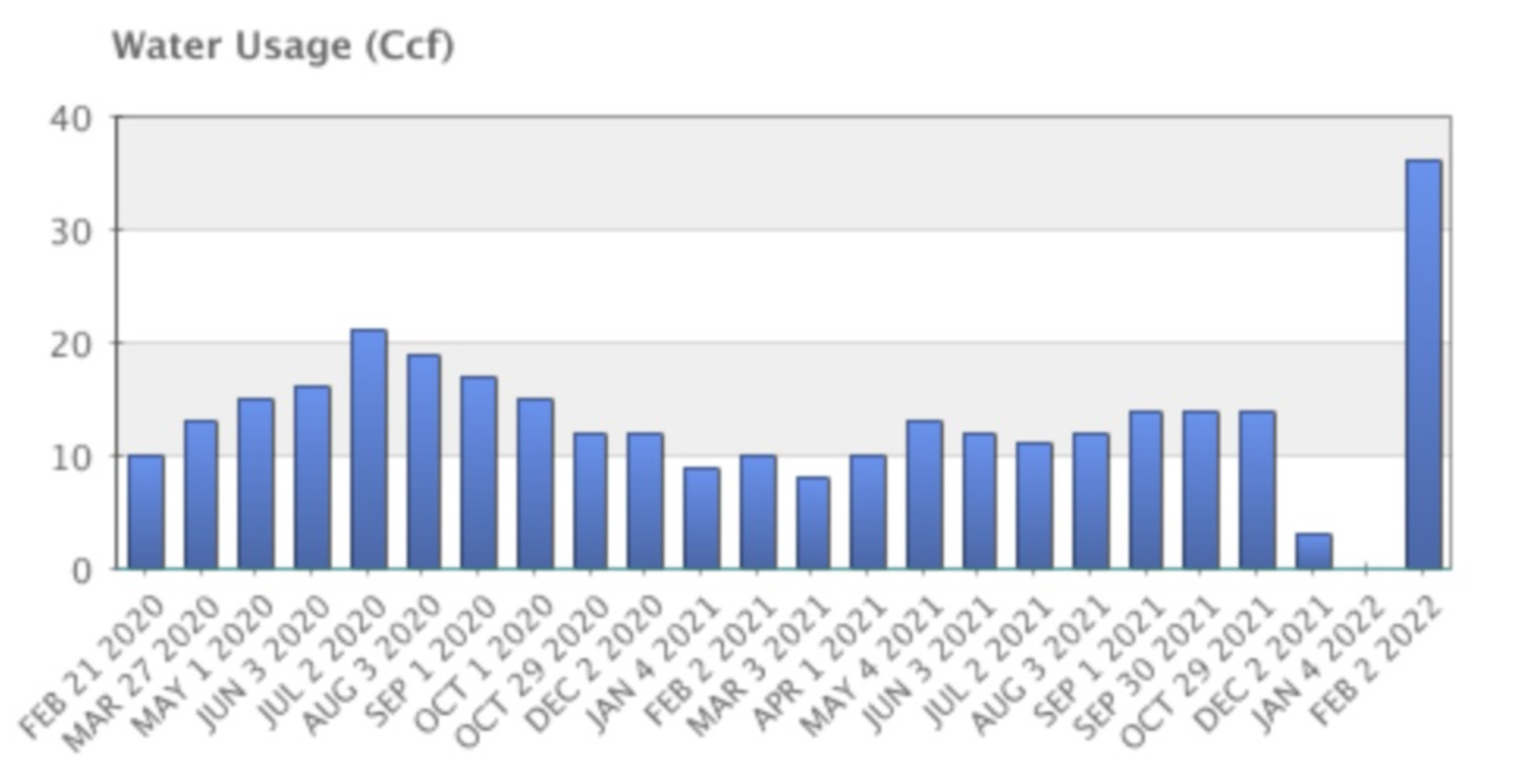
Utility bills can be expensive
I started asking my friends and neighbors about their average utility costs. One friend who owns a 5,000 square foot home said her bill was $1,000 a month. I nearly had a heart attack when I heard how much she paid.
When people talk to me about energy efficiency, I point to that story, and my bill, as the origin of my determination to make my home and yours more energy-efficient.
The problem: Utility bills, especially water, can be too expensive
The goal: Discover practical solutions to reduce energy consumption and save money
For the most part, I have been able to do this successfully–until last month’s bill. We hit a new high of nearly $700. This high bill cannot be blamed solely on the cold weather. We keep our thermostat at a cool 68 degrees Fahrenheit in the winter. It can be a bit chilly, but we manage. We use portable heaters and a fireplace to warm specific rooms instead of heating the entire house when needed.
Generally, my water bill is $15 per month. Last month? About $150. I was unhappy with that increase for just 30 days of water usage. What happened? What was the cause of this increased bill?
A water bill’s worst nightmare: leaks and teens
After a few days of discussion and searching, I was able to identify two causes for my water bill:
- A steady leak in one toilet
- My teenage boys spending up to 60 minutes showering
The toilet leak
Let’s talk about the leak first. I had noticed that the water tank took a long time to refill, but I dismissed it, and I should not have done that. When you see a problem, discover the cause. When I received a nearly $150 water bill, I knew there was a leak and thought back to that noisy upstairs toilet.
According to the EPA, a toilet leak can waste 200 gallons of water every day.
Our plumber fixed the leak by changing the flapper valve. This is a simple $5 part at your local hardware store. Such a simple fix could have saved me $100. While the plumber was there, I timed my other two toilets to see how long they took to refill the tank with water. Then, he checked for leaks. Each tank had different refill times.
- The first toilet took just 20 seconds. Good job!
- Our second toilet was refilled in 1 minute and 15 seconds. Good, but not great.
- Our third toilet spent 2 minutes and 15 seconds filling. Uh-oh.
Even with the differences in refill speed, the plumber assured me there were no more leaks. Since one of my toilets had a restrictor device, the water flowed slower, but the amount of water remained the same.
I will be reading more from The Water Scrooge on identifying and fixing leaks. I highly recommend that you do too. Along with my research, I will purchase a leak detection device to save both water and money in the future.
The EPA has a resource called WaterSense that has information on saving water.
My teenage boys
I am purchasing a waterproof timer for my boys to be placed inside the shower, which will be set to a specific time. Instead of a 60-minute shower, I will make sure they take a 15 minute one. Ideally, a five-minute shower is the best and most water-efficient. Quick, easy, and effective.
If they turn off the shower while soaping and shampooing, I would be willing to set the timer for 15 minutes. This is like turning off the water while brushing your teeth. Does the water need to be running? Probably not.
If a shower timer does not reduce shower times, I will purchase the Shower Manager. This product is a timer that reduces the water flow by 33% when the time is up.
How can you reduce your energy consumption?
What is your home water usage? Is your water bill $20 a month or $150? Think about ways you can reduce your water bill and water usage. That way, you can waste less, save money, and run a more efficient home. Here are three options that you can do right now. And remember, no matter which of the three options you choose, you’ll always make a green difference.
GREEN: Check your energy consumption historical data via your energy provider’s online customer portal. Can you identify areas of waste? The more data you have, the more informed you can be about your energy habits.
GREENER: If you’re thinking of buying new appliances, make sure it is Energy Star certified. These products will save you money and conserve energy. Look for the energy star-certified logo.
GREENEST: Subscribe to EcoHome Network’s YouTube channel. It’s all about running and building and maintaining a more efficient home or office. I learn a lot from them, and I’m sure you will too.
For Memphis residents: How to review historical data of utility services on MLGW
Even though this is specific to Memphians, your local energy provider likely provides an online bill and usage history portal. If you check it often, great! If not, contact your energy provider to learn how to access your online portal.
Memphis, if you have common questions about your energy bill, MGLW has created a FAQ answering some of the most common questions they receive. Click here to read it.
A great thing to do is turn off paper bills and go 100% paperless. That way you can pay your bills online and reduce paper usage.
- On the My Account page, select ‘Explore Usage’
- Select ‘Bill History’ from the top two lines of the header’s navigation menu.
- Choose to view all the data that is currently viewable.
- Select “Graph” for a graph view of your water usage history. I find data visualizations like this to be very insightful.

Energy conservation and reduction can be tough. But you’re not alone in figuring all of this out. We’re in this together.
Let’s go green.

